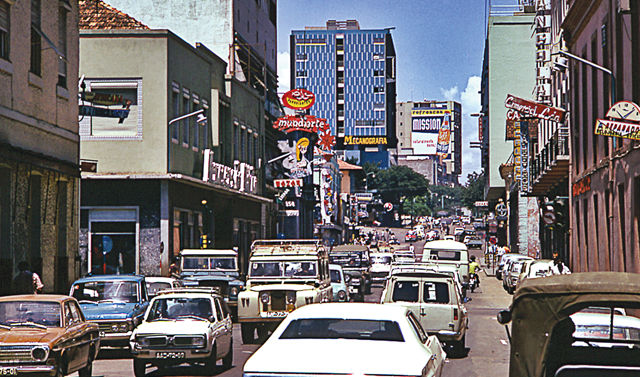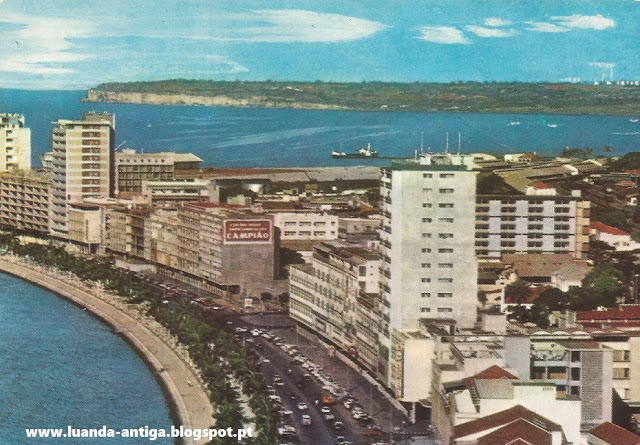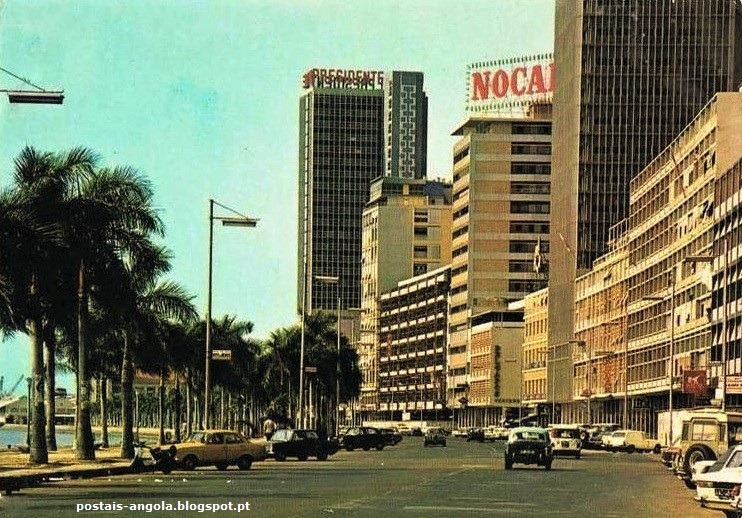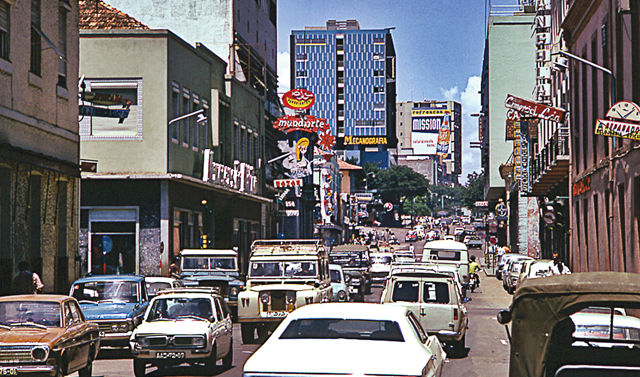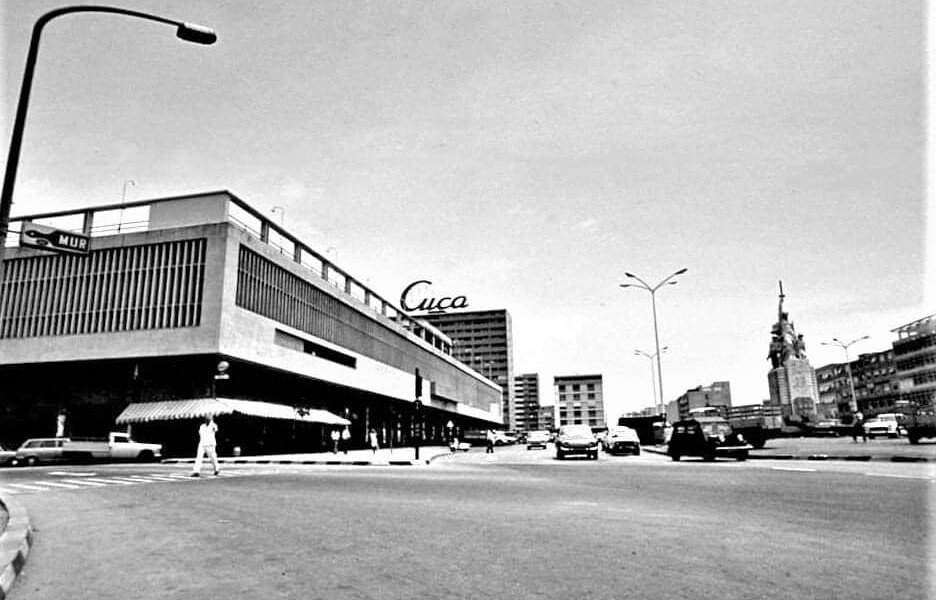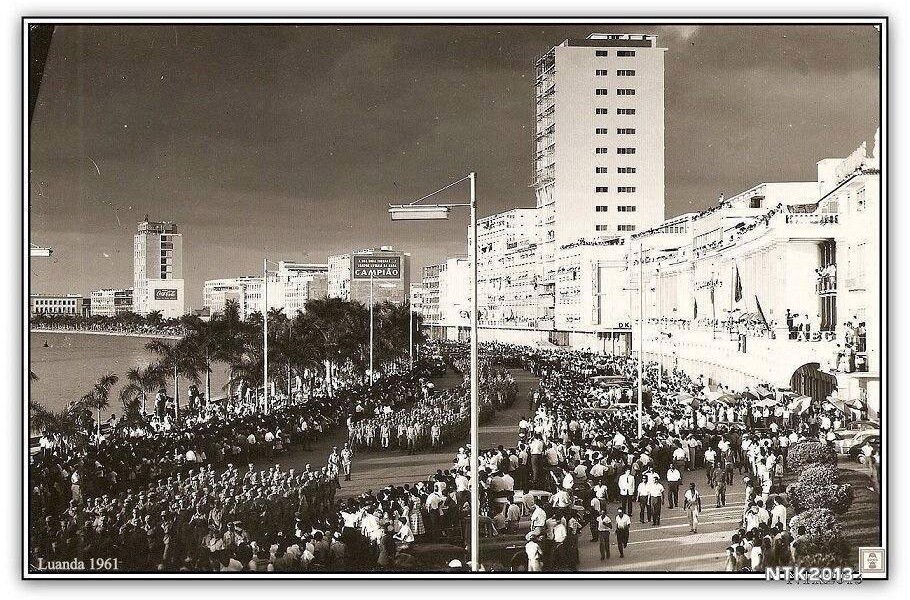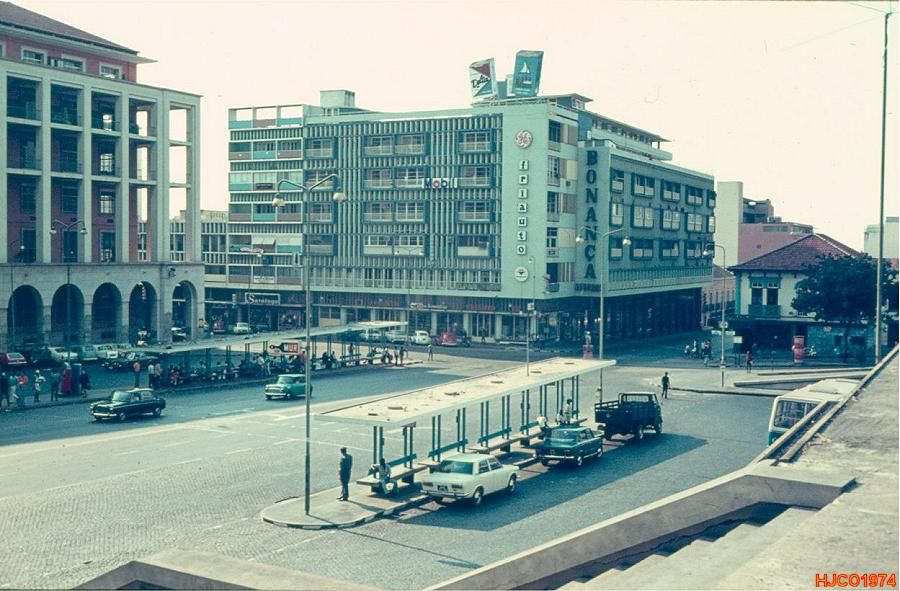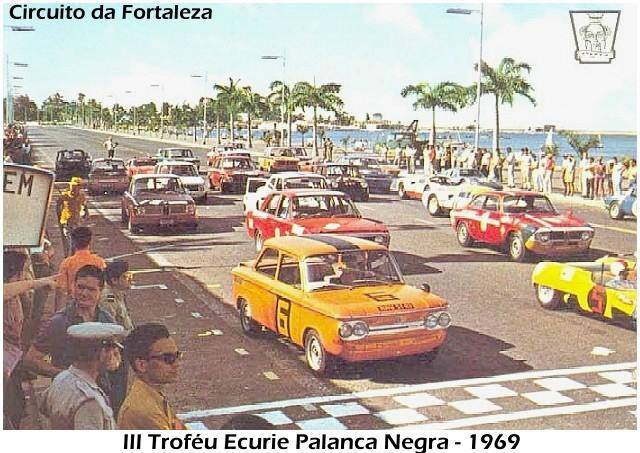Why visit Angola?
Angola offers some incredible landscapes, fascinating ethnic groups and very little in the way of tourism, so it’s a great destination for someone looking for something different. One of its key appeals is its ethnic diversity. It holds some of the most traditional ethnic groups in southern Africa, so for those interested in different cultures it’s an amazing place to visit. There’s also ancient rock art, Portuguese colonial architecture, Africa’s third biggest waterfall… I could go on
Angola Map
Angola
Angola is located in south central Africa, also called the Republic of Angola and shares borders with Namibia to the south, Zambia in the east, DR Congo in the north and the Atlantic Ocean to the west. Angola is trying to reconstruct its self and with this recently embarked development force of rebuilding, there is some hope that Angola will shine once again.
Angola is the third most biodiverse country in the world, slightly behind of Madagascar and Brazil…but the most biodiverse in actual Africa…and the animal, bird, and plant life marvelously reflect that. Sadly the large game populations for tourist eyes (though those are only 2% of species in general) have been absolutely decimated by locals, mismanagement, selling for poaching, and the long civil war
Angola as the destination has its own beautiful attractions that will actually give you a memorable experience. The roads are nice that will take you to the Chimpanzee habitat of Congo rainforest in the north, to the central highlands along with the arid gravel plains of the south that offers a lot to see. Angola favors a vacation with the family members.
Luanda is the capital city of Angola and the fifth biggest agglomeration in Africa with international airport, sea port. Some of the other beautiful coastal towns include Lobito and Benguela in magnificent scenery and peaceful sea breeze.
Video
The history of Angola
The Portuguese colony of Angola was founded in 1575 with the arrival of Novais with a hundred families of colonist and four hundred soldiers. Luanda was granted the status of city in 1605..
Trade was mostly with Brazil; Brazilian ships were the most numerous in the ports of Luanda and Benguela.
Angola, a Portuguese colony, was in fact a colony of Brazil, paradoxically another Portuguese colony. A strong Brazilian influence was also exercised by the Jesuits in religion and education. The philosophy of war gradually gave way to the philosophy of trade. The great trade routes and the agreements that made them possible were the driving force for activities between the different areas; warlike states become states ready to produce and to sell. In the Planalto (the high plains), the most important states were those of Bié and Bailundo, the latter being noted for its production so foodstuffs and rubber. However, the colonial power, becoming ever richer and more powerful, would not tolerate the development of these states and subjugated them one by one, so that by the beginning of this century the Portuguese had complete control over the area.
From 1764 onwards, there was a gradual change from a slave-based society to one based on production for domestic consumption. By 1850 Luanda was a great city, full of trading companies, exporting (together with Benguela) palm and peanut oil, wax, copal, timber, ivory, cotton, coffee, and cocoa, among other products. Maize, tobacco, dried meat and cassava flour also began to be produced locally. The Angolan bourgeoisie was born.
Meanwhile, the slave trade was abolished in 1836, and in 1844 Angola’s ports were opened to foreign shipping.
The Berlin Conference compelled Portugal to move towards the immediate occupation of all its colonial territories. The territory of Cabinda, to the north of the river Zaire, was also ceded to Portugal on the legal basis of the Treat y of Simulambuko Protectorate, concluded between the Portuguese Crown and the princes of Cabinda in 1885. After a difficult and complicated process of implementation, the end of the nineteenth century saw the establishment of a colonial administration based directly on the territory and the people to be ruled.
With regard to the economy, colonial strategy was based on agriculture and the export of raw materials. Trade in rubber and ivory, together with the taxes imposed on the population, brought vast income to Lisbon.
Portuguese policy in Angola was modified by certain reforms introduced at the beginning of the twentieth century. The fall of the Portuguese monarchy and a favourable international climate led to reforms in administration, agriculture, and education. With the advent of the New State, extended to the colony, Angola becomes a province of Portugal (Ultramarine Province).
The situation appeared calm and stable. But in the second half of the twentieth century, this calm was disrupted by the appearance of the first nationalist movements. More overtly political organisations first appeared in the 1950s, and began to make organised demands for their rights, initiating diplomatic campaigns throughout the world in their fight for independence. The colonial power, meanwhile, refused to accede to the nationalist’s demands, thereby provoking the armed conflict that came to be known as the ‘Armed Struggle’.
In this struggle, the principal protagonist were the MPLA (Popular Movement for the Liberation of Angola), founded in 1956, the FNLA (National Front for The Liberation of Angola), which appeared in 1961, and UNITA (National Union for the Total Independence of Angola), founded in 1966. After many years of conflict, the nation gained its independence on 11 November 1975.
Luanda in the old days
Tours
ANGOLA TOURS

The largest national park in Angola, the Iona National Park is situated in the most southwesterly point of the country. It covers an expansive area of over 15,000 square kilometers. Although the national parks were hit hard by illegal animal poaching during the civil war, efforts to replace and restore the wildlife in the park are underway.
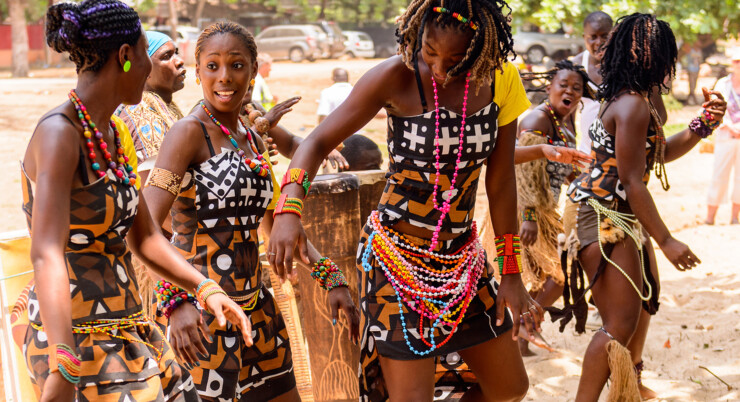
The country of Angola needs at least a few months to get around and see everything and get to actually experience the diversity that it offers, but 12 days in Angola would be a great introductory trip to get a gist of the country.

Demand for business travel to Luanda is growing that’s why we prepare a special Business package for you wich includes: airpot pickup, accommodation, translator and safety during your stay.
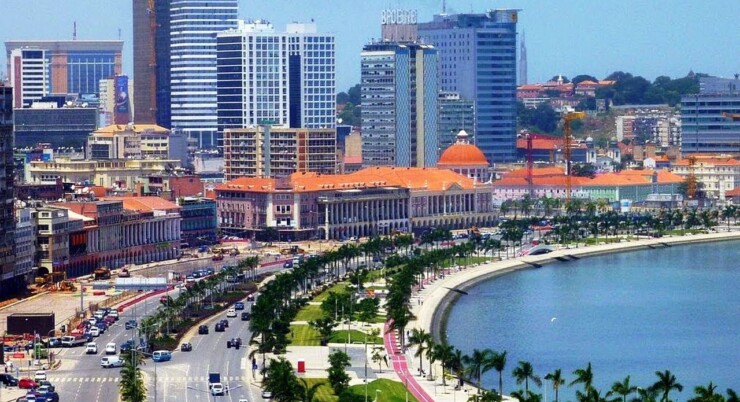
Site of its primary port and the largest airport for a country on Africa’s southwestern coast, Luanda serves as the capital city for the Republic of Angola.
Nicknames for Luanda include the “New El Dorado” and “Paris of Africa”.
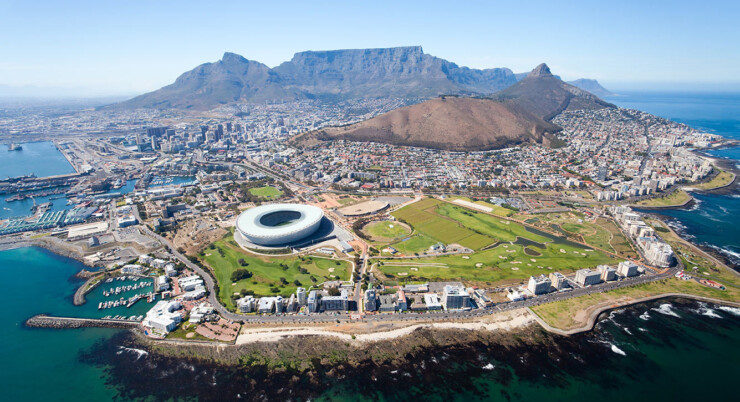
Considering this trip you will have an incredible opportunity to see two different faces of Sub-Saharian Africa. Angola, huge and beautiful country among virgins landscapes and rising democracy. The Republic of South Africa, the richest country in Africa with two major cities Johannesburg and Cape Town.

Kalandula Falls are still a haven of tranquility here you can experience the real Africa the Kalandula Falls lie in the course of the Lucala River they are among the most impressive natural wonders of Angola and are the second highest in Africa with a drop of 105 m.
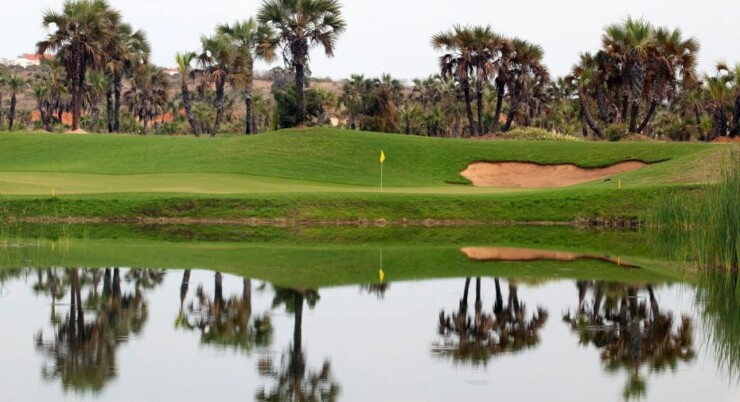
One of the most popular tourist destinations in Africa, Tanzania is well-established as one of the best wildlife-viewing destinations in the world.
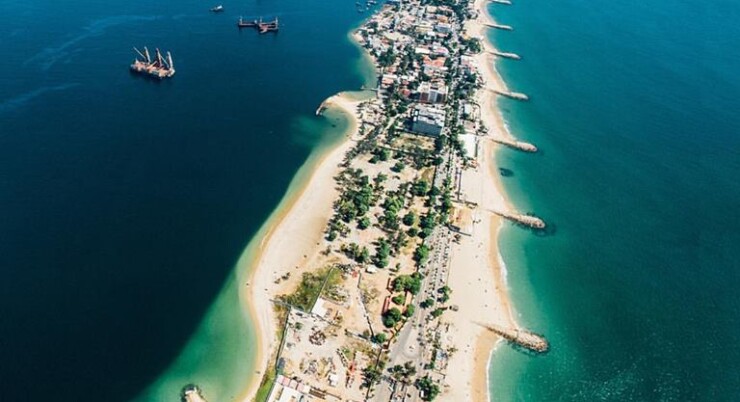
Morocco has variety and an exotic feel that has fascinated travellers since long before the modern traveller arrived. Morocco’s Amazing Diversity.
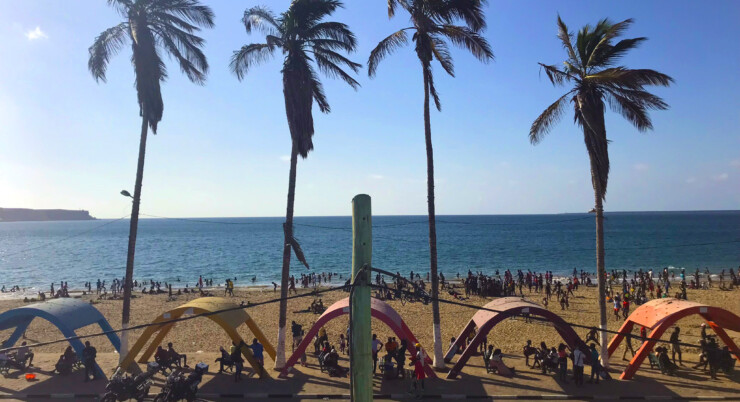
Compact and diverse, Ecuador is like a tasting menu for South America. There are Andean mountains, complete with glacial volcanoes.



